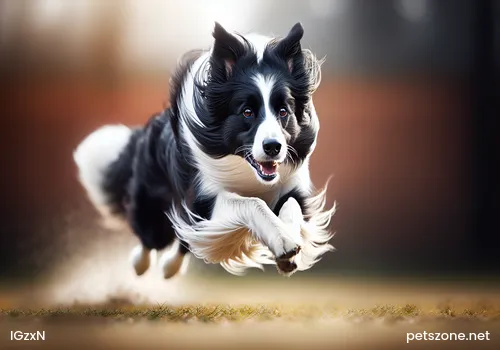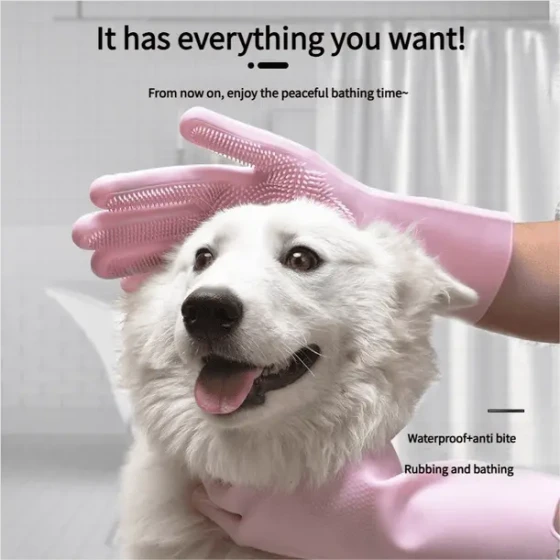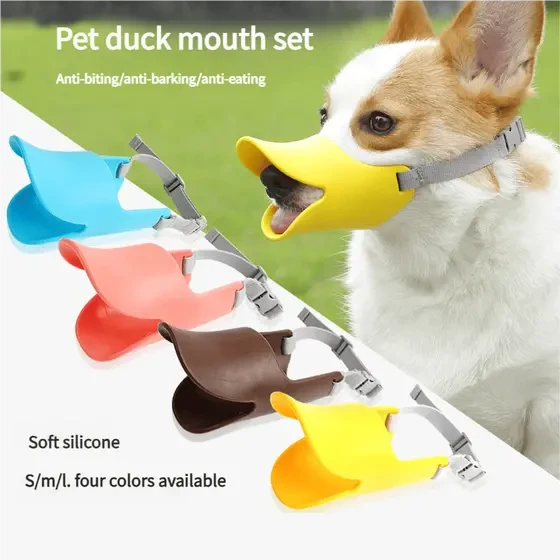Correct Understanding of Humans' Good Friend—Guide Dog

Guide Dog Xiao Q
Guide dogs are not ordinary dogs; they are carefully trained working dogs. Many people think dogs are fierce, and their barking scares people away; if they were larger in size, they might be a threat to safety. Actually, this is a common misconception about dogs. Well-trained guide dogs will never endanger your life. They are gentle in temperament, calm in mind, and can assist blind people in taking transportation and leading the way, truly competent human helpers.
Becoming a guide dog is not an easy task. Since guide dog training starts from puppies as young as two months old, choosing a "reserve" for a guide dog is very important. Screening requires examining three generations, with each generation's physical condition meeting the requirements. Puppies with a gentle temperament and family members who have been guide dogs are undoubtedly the best choices, as they inherit their ancestors' genes, naturally increasing the success rate of training.
Let's take a look at how a guide dog is trained abroad.
The comprehensive cost of guide dog training reaches $25,000 to $30,000. The working lifespan of a guide dog can be 8-10 years. Training starts when the puppy is 2 months old. During the first 12 months, the focus is on familiarizing the puppy with human living environments and various public places; training basic obedience commands such as sit, wait, stand, and walk. Training the dog to walk properly is a fundamental task because its future job is to lead a visually impaired owner to wherever they need to go.
This phase of training is usually carried out by volunteer families raising guide dog puppies. Besides training, the main task is providing proper diet and health care to ensure the puppies grow up healthy. After this phase, these special puppies are sent to guide dog training schools for intensive professional training lasting 5 months. At this time, professional trainers take over. The school day starts at 7 a.m.; dogs are taken outside for grooming and toileting, then wait for breakfast. Dogs are only allowed to eat when the trainer says they can. After a day of training, they return to the kennel at 8 p.m. Saturday and Sunday are rest days, during which dogs do not study but can play freely, bathe, and have fun. Strict schedules train dogs to adapt to their future owner's eating, living, and working routines. Additionally, guide dogs are trained to relieve themselves upon command because some owners may work long hours in offices; dogs need to be patient and hold their bladder.
Throughout the entire training process, trainers evaluate the dog trainees based on: learning attitude, initiative and concentration skills, nervousness or aggressiveness, susceptibility to distractions from surroundings (such as other dogs or cats), level of hyperactivity, ability to remain calm for extended periods, and so on.
After the first month of assessment, trainers evaluate the dogs' performance. Those who pass proceed to four months of training. Training is divided into three stages: the first stage trains the dog to walk straight and stop at the curb before crossing streets; the second stage trains the dog to understand and obey all command terms; the third stage trains the dog to proficiently perform all basic guide dog skills, such as walking straight without lowering the head to sniff the ground; walking closely to the owner’s left side a little ahead; stopping before all staircases; stopping at all intersections and obeying crossing commands; avoiding horizontal and vertical (overhead) obstacles (e.g., narrow passages that don’t allow both human and dog to pass simultaneously); quietly lying in restaurants or offices; intelligently disobeying commands—only when those commands could put the owner in danger (for example, if the owner commands crossing the street but the dog senses an oncoming car they haven’t seen, the guide dog’s duty is to refuse the command until the danger is gone).
If these stages are successfully completed, the guide dog enters the final month of training—training jointly with the future owner. The owner learns how to work with the guide dog, how to give commands, feed, perform health checks, and interact with the dog. The dog gets familiar with the new owner’s living and working environment. Both parties learn each other’s lifestyle habits, schedules, personality traits, speech characteristics, and behavior patterns. At this point, guide dog training is fully completed. Usually, when the guide dog is transferred to a new owner, it undergoes testing and retraining to ensure it still possesses the required abilities.
After graduation, guide dogs can lead their owners safely through busy crowds and streets. They will stand still when needed, refuse food, assist blind people in taking transportation, deliver items, ignore distractions from passersby, and also will not attack them. Even small animals nearby, like chicks or kittens, are not chased or bitten. When encountering loud noises or other frightening stimuli, the dogs faithfully follow their owners without retreating.
So, how about now? Do you have a new understanding of guide dogs?





